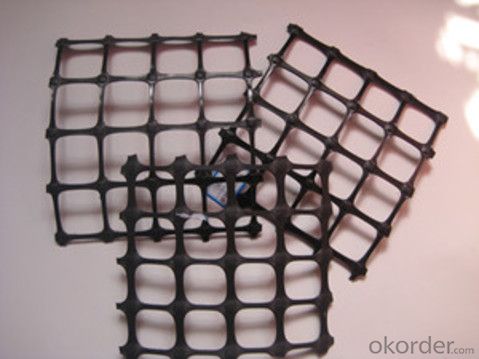- Understanding the Role of Geomembrane Liners in Waste Management
- Innovations in Geomembrane Liners for Water Management
- Geomembrane Liners: A Comprehensive Guide
- The Future of Geomembrane Liners in Civil Engineering
- Geomembrane Liners: Enhancing Landfill Stability
Manager:
WhatsApp:+86 177 0135 2670
Tel:+86 177 0135 2670
Email:marketing@okorder.com
Address:3rd Floor, No.2 Building, No.1 Sanlihe Road
The Use of Geomembrane Liners in the Construction of Biogas Plants
Geomembrane liners are a crucial component in the construction of biogas plants, playing a vital role in ensuring the containment and management of biogas and other by-products. These liners are synthetic materials that provide a barrier to prevent the escape of gases and liquids, making them an essential part of the biogas plant's infrastructure. In this article, we will explore the use of geomembrane liners in biogas plant construction, their benefits, and the factors to consider when choosing the right liner for your project.

Why Use Geomembrane Liners?
The primary reason for using geomembrane liners in biogas plant construction is to create a sealed environment that facilitates the anaerobic digestion process. This process involves the breakdown of organic matter by microorganisms in the absence of oxygen, producing biogas as a by-product. The liners prevent the escape of biogas, which can be captured and used as a renewable energy source. Additionally, they help contain any liquids and solids generated during the digestion process, ensuring that the plant operates in an environmentally friendly manner.
The Benefits of Geomembrane Liners
There are several benefits to using geomembrane liners in biogas plant construction, including:
- Environmental Protection: By containing biogas and other by-products, geomembrane liners help prevent environmental pollution and protect local ecosystems.
- Efficiency: The liners ensure that the biogas produced is efficiently captured and utilized, reducing waste and increasing the plant's overall efficiency.
- Durability: Geomembrane liners are made from high-quality materials that are resistant to corrosion, UV radiation, and extreme temperatures, ensuring a long service life.
- Cost-Effectiveness: Although the initial investment in geomembrane liners may be higher, the long-term savings in terms of reduced maintenance and environmental compliance make them a cost-effective solution.
- Customizability: Geomembrane liners can be tailored to fit the specific needs of your biogas plant, including size, shape, and thickness.
Choosing the Right Geomembrane Liner
When selecting a geomembrane liner for your biogas plant, there are several factors to consider:
- Material Type: Common materials used for geomembranes include high-density polyethylene (HDPE), polyvinyl chloride (PVC), and ethylene propylene diene monomer (EPDM). Each material has its own advantages and disadvantages, so it's essential to choose one that best suits your project's requirements.
- Thickness: The thickness of the liner will affect its durability and resistance to punctures. Thicker liners generally offer better protection but may also be more expensive.
- Chemical Resistance: Depending on the nature of the waste being processed, the liner must be resistant to various chemicals to prevent degradation over time.
- Temperature Range: The liner must be able to withstand the temperature fluctuations that may occur during the biogas production process.
- Installation: Consider the ease of installation and any potential challenges that may arise during the construction process.
Installation Process
The installation of geomembrane liners involves several steps, including:
- Site Preparation: The area where the liner will be installed must be properly prepared to ensure a smooth, stable surface.
- Lining Selection: Choose the appropriate liner based on the factors mentioned above.
- Unrolling and Positioning: Carefully unroll the liner and position it in the desired location, ensuring there are no wrinkles or folds that could compromise its integrity.
- Seaming: Join the sections of the liner together using specialized techniques such as welding or adhesives to create a seamless barrier.
- Testing: After installation, the liner should be tested for leaks and integrity to ensure it is functioning as intended.
Maintenance and Longevity
Proper maintenance is crucial to ensure the longevity of your geomembrane liner. This includes regular inspections for signs of wear, punctures, or chemical damage, as well as prompt repairs when necessary. By taking care of your liner, you can extend its service life and maintain the efficiency of your biogas plant.
Conclusion
Geomembrane liners are an indispensable part of biogas plant construction, offering numerous benefits such as environmental protection, efficiency, durability, cost-effectiveness, and customizability. By carefully considering the factors involved in choosing the right liner and following proper installation and maintenance procedures, you can ensure the success of your biogas plant project. So, the next time you're planning a biogas plant, don't forget the importance of a good geomembrane liner in making your project a sustainable and efficient one.
- Previous:Geomembrane Liners: A Barrier Against Industrial Oil Spills
- Next:The Use of Geomembrane Liners in the Construction of Green Roofs






